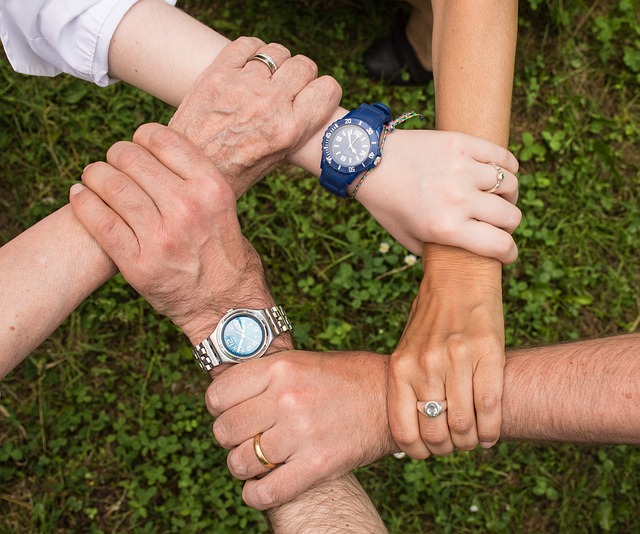
Get at least three people in your support network who will know how to handle any requirements you have (and where your spare key is hidden!).
Earthquakes are Mother Nature’s way of telling us who’s really in charge. We construct great buildings and change the flow of rivers, but at the end of the day, what is man compared to an ocean roar or a rolling quake? When we can’t control even the ground beneath our feet, the only thing we really can do is be prepared and be safe. For those of us with mobility impairments or disabilities, the right response will help you “get thru” any obstacle, even an earthquake.
First off, be prepared. While reacting well will get you thru the worst disasters, you won’t last long without a survival kit. Keep a week’s worth of your medication stored in a go-bag (consider how to cater for medication that requires refrigeration) along with key items like spare wheelchair parts or hearing aids. Pencils and paper are also quite useful if you have difficulty communicating without equipment. Pack toothbrushes, water, hand sanitiser, blankets and other emergency kit provisions. For those with a guide dog, be sure to make up a kit for them too. Dog kits include information about vaccinations, identification, food and a harness.
In addition to your pack, get a support network of people around you. Be sure to alert each other of civil defence warnings and contact each other in the event of an evacuation. If you have a hearing impairment, your support network will be vital to getting news of warnings or emergency broadcasts. Get at least three people in your support network who will know how to handle any requirements you have (and where your spare key is hidden!). Your support network could be family, friends or colleagues. Make sure these people are within easy distance of where you live. Inform your network when travelling away from home and keep their contact details on you at all times.
While preparing for an earthquake or other natural disaster, contact your local council for information regarding survival plans. Know where to go if you’re dependent on a dialysis machine or if you have a known condition. Another important way to prepare yourself for any medical or natural emergency is to ensure others know of your condition. If you can get into the habit of wearing a medical alert tag that identifies your disability or medical condition, you’ll make responding much easier for health professionals.
So, let’s assume you’ve got all the necessities sorted. The next step is knowing how to respond if an earthquake hits. While you should still “drop, cover, hold” in the first instance, this won’t always be possible. If you have difficulties with a mobility impairment or disability, move as close as you can to an inside wall – stay away from windows and tall, freestanding objects. If you’re in a wheelchair, lock your wheels in place and cover your head and neck as much as possible. Remain where you are until the shaking has completely stopped.
Earthquakes quite often occur at night. If you’re woken and unable to get out of bed, pull the blankets up high over you and use your pillow as protection for your head and neck. Protect your head and neck with anything you have on hand. Again, only move once the shaking has stopped. Regular sound or visual cues may have been altered, so if you’ve got any vision or hearing impairments, be cautious at all times. Aftershocks are also quite common, so stay low and keep close to stable objects if you have mobility issues.
When preparing for emergencies and disasters, your safety goes beyond just an initial response. New Zealand’s Civil Defence slogan is “Get Ready, Get Thru.” Being ready and knowing what to do will hugely increase your chances of getting thru an earthquake. Be safe and be prepared!